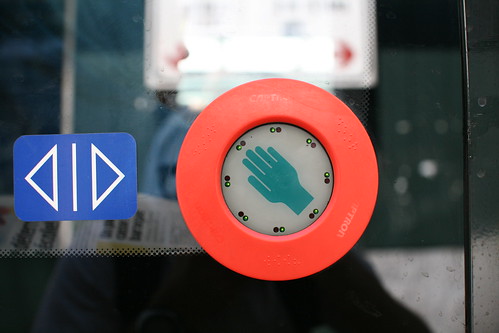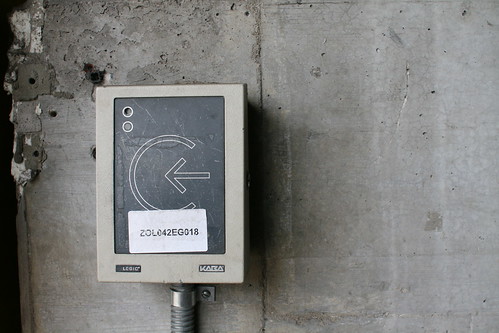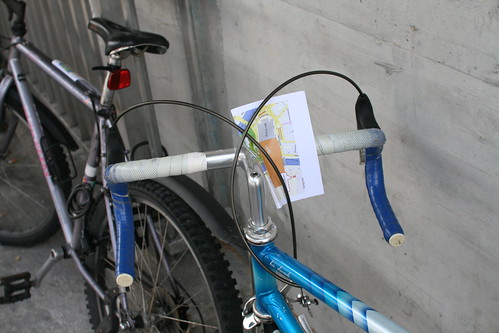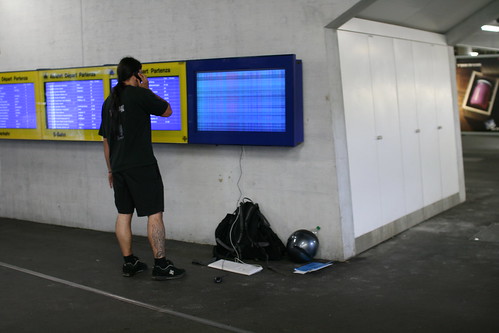Recent advancements in the field of urban computing and visualization of electronic traces left by people in the physical space are more and more raising privacy issues. After a time where they've been carried out by public bodies, artists and research labs, some private initiatives and private research projects are now taking the lead, which raise the concerns even more than in the recent past. The Guardian tackles that issue in an article about Bluetooth watching yesterday. The Cityware project in Bath is indeed looking at how people move around in cities by using scanning devices in certain locations unknown to the public. Bluetooth signals coming from devices such as mobile phones, laptops and digital cameras are captured and help to pinpoint people's whereabouts in a now classic way. The main problem of course is that urban dwellers are then tracked without their consent, which leads privacy activists to qualify this kind of project as "yet another example of moronic use of technology".
 (Space syntax analysis from the Cityware project showing people using mobile phones (red) and cameras (blue) in an urban location (Bath Abbey))
(Space syntax analysis from the Cityware project showing people using mobile phones (red) and cameras (blue) in an urban location (Bath Abbey))
So what are the elements at stake? Some excerpts from the article:
" The Bath University researchers behind the project claim their scanners do not have access to the identity of the people tracked. Eamonn O'Neill, Cityware's director, said: "The objective is not to track individuals, whether by Bluetooth or any other means. We are interested in the aggregate behaviour of city dwellers as a whole. The notion that any agency would seriously consider Bluetooth scanning as a surveillance technique is ludicrous." But privacy experts disagree, pointing out that Bluetooth signals are assigned code names that can, to varying degrees, indicate a person's identity.
Many people use pseudonyms, nicknames, initials, or abbreviations to identify their Bluetooth signals. Cityware's scanners are also picking up signals that are listed using people's full name, email address and telephone numbers."
Some claims there are solutions to these problems but harmful scenarios can be considered:
"Vassilis Kostakos, a former member of Cityware who now does Bluetooth experiments on buses in Portugal for the University of Madeira, accepted such tracking was a problem. "We are actually trying to fix this," Kostakos said. "If a person's phone is talking to a scanner, then they should be told about it. Any technology can have good and bad consequences. In many ways, I think the role of a scientist is to point out both. I agree this is complex and I agree there are harmful scenarios." (...) Kostakos said he could foresee complex ways in which criminals could exploit the technology, adding: "I recently tried to look at people's travel patterns across the world, and we [saw] how a unique device which showed up in San Francisco turned up in Caracas and then Paris.""
Why do I blog this? the article covers the ambivalence of that topic and how each stakeholders (researchers on one side and privacy activists on the other) have their own concerns and claims. Following the advancement of the field or a certain amount of time, I do agree we have no answers so far. Since lots of the studies so far have focused on "counting" people and measuring flows, it's interesting to note that it's not the first time urban planners are looking at intimate part of city dwellers's lives. For example, the use of trash content analysis is an important method for that matter, which seems to raise less concerns, although it can also be invasive (but less relational since it's easier to connect a Bluetooth ID to an email than linking a trashed Big Kahuna Burger to your social security #).
A bit more surprising is the article conclusion with this weird assertion: "some scientists using the technology describe a future scenario in which homes and cars adapt services to suit their owners, automatically dimming lights, preparing food and selecting preferred television channels". It's always weird to me to see this kind of engineer nonsense popping up again and again over time. Nonetheless I find it interesting as this sort of automation is a recurring dream that shows the perpetuation of bad ideas in design over time. It's been few months that we're discussing these issues with Fabien or Julian. Concerning the use of electronic traces, I am less interested in how it can help automating processes and depressing stuff like the one described above.
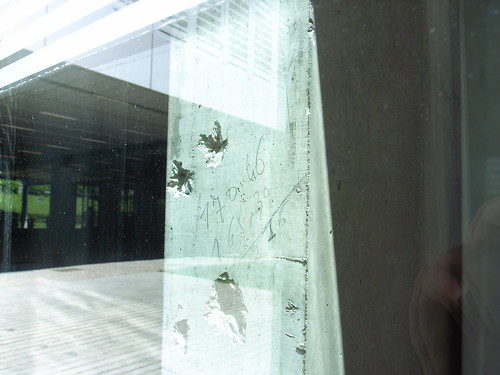

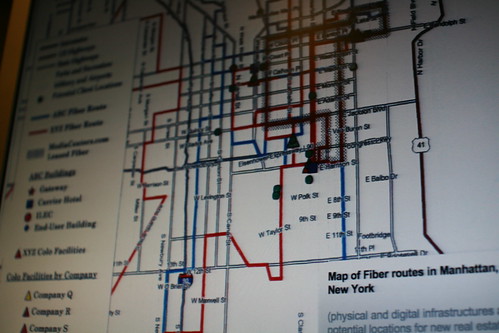
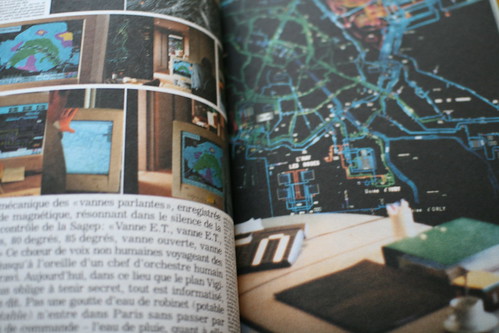

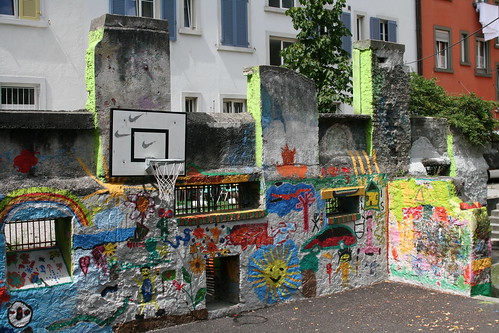
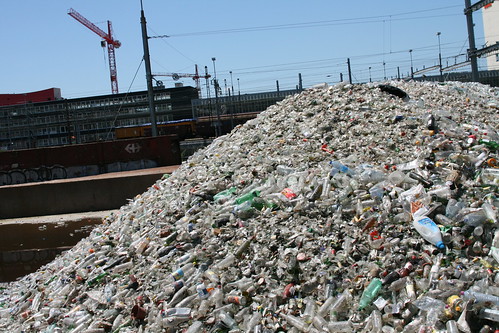
 (Photo by Chris Speed)
(Photo by Chris Speed)